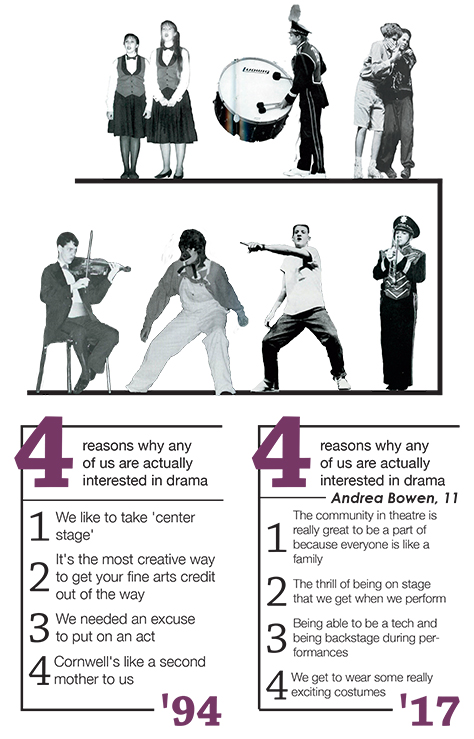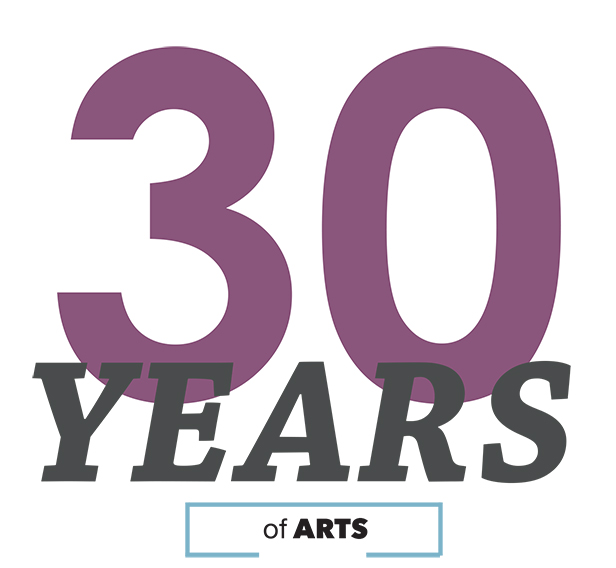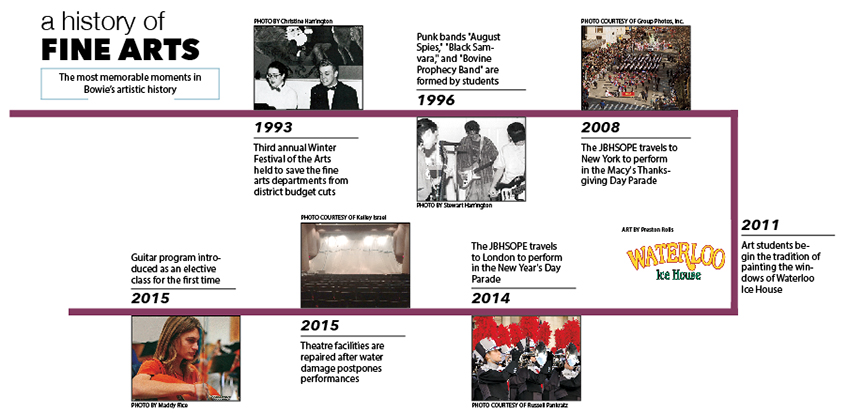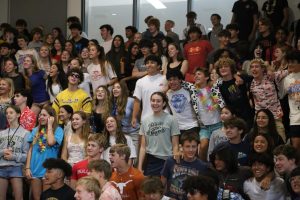30 years of fine arts
December 11, 2017
A look into the fine arts of yesterday & tomorrow
Art is present in the lives of nearly all students in some form or another; whether the individual considers himself an artist or views art from an audience’s perspective.
Music, visual art, and theatre play an important role in society and are the driving force of culture, especially for students.
“It’s understanding who they are as an individual and understanding what they’re going through and what they are possibly trying to share without actually verbalizing what it is,” art teacher Mindy Le-Jeune said.
A common characteristic of fine arts programs at Bowie is their drastic growth in the numbers over the years.
“The jazz program had 12 students when I started here; it now has about 70,” band director Ryan Thomas said. “Steel drums was a single class with about 20 and it is now three classes with about 60.”
The influx of students has encouraged more opportunities for involvement in music and experiment with different styles of learning, which has led to the creation of more programs offering diverse music education.
“The band program has worked hard to keep up with modern ideas about what’s important for students’ growth as well as what it takes to stay successful in a competitive band activity,” Thomas said.
However, band inspired the making of other music classes.
“One of the major changes in the program over the years has been developing areas other than the marching band to provide more options for students to get involved in music,” Thomas said. “In addition to the marching band, we offer five concert band classes, two percussion classes, two color guard classes, three jazz band classes, three steel drum classes, and two chamber winds classes.”
Not only do these classes include the music, but other programs in the department have incorporated musical performance.
“Students also participate in full orchestra, region bands, the school musical, and lots of other small performances,” Thomas said.
In addition, deeper relationships between the programs have developed, strengthening the individual programs as well as the fine arts department.
“One of the things that I’m just super excited about is the level of collaboration that we currently have between the strands,” choir teacher Randy Cantu said. “That element I think has really really come a long way since I’ve been here and to tell you the truth, it’s one of the best parts of this job.”
As these programs have grown and developed, they have earned their place at Bowie through the extensive awards being won.
“In the two years that I’ve been here, we’ve done things that haven’t been done in the history of the school,” orchestra teacher David Chisum said. “Last year the non-varsity orchestra made sweepstakes at both full orchestra and string orchestra—that hadn’t happened before.”
But while the awards continue to increase, the fine arts programs also promise to build character and contribute to who students will become as a person.
“We at Bowie are not expecting all of our students to become famous or to win multiple awards in the few contests in which we compete,” theatre teacher Betsy Cornwell said. “We only hope that they will become good people because they have learned about creative expression, collaboration, and communication; they develop leadership skills and learn what it means to be responsible and have a good work ethic.”
This character is evident in alumni Jordan Barron, who graduated in 2012 and has since continued his career in musical theatre in New York, appearing in numerous productions such as Austin’s very own “A Christmas Carol” at ZACH Theatre.
“Bowie’s theatre program really provides great opportunities to explore different styles of performing and acting,” Barron said. “Coming from music, it was great to be thrown into situations that were acting central.
Teachers like Cornwell and Bazan are the ones who have helped shaped the programs into what they are today.
“The teachers in the fine arts departments really create an environment that makes you challenge yourself and learn,” Barron said. “It’s a place to test yourself and the opportunities are top notch and in abundance.”
Pushing students to challenge themselves is hard work, but the end result leaves them as better artists and performers.
“The most rewarding thing is getting to see people grow,” Cantu said. “It’s getting to see people not only grow as musicians but grow as individual people, seeing them discover things about themselves, seeing them discover ways to handle both success and challenge in life.”
Not only that, but fine arts programs at Bowie have done what art does best: grown and evolved with society to create powerful emotions that grab hold of the audience and change the way the world is viewed.
“There was a study done in the UK that found that the heartbeats of audience members at theatrical performances very often become synchronized due to levels of emotion, excitement, etc,” Barron said. “So often we are all involved in our own worlds and devices, but if our minds and bodies can drop that and ‘live’ in the now, even for a moment because of what the performers and audience are sharing, the feeling is unbeatable.”

If you enjoyed this story, please consider revisiting the previous installment of 30 years:
30 years of sports











